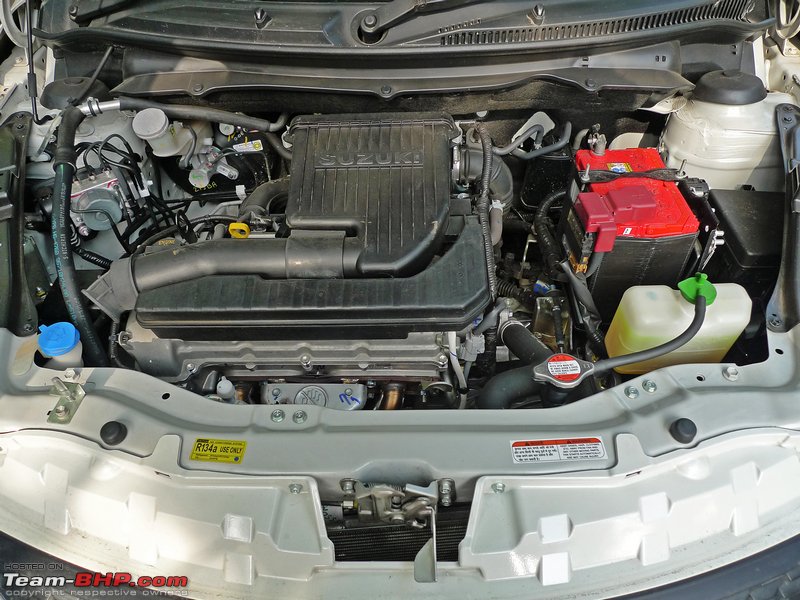Maruti Swift for Rent in Kerala
- Posted by Biju Sebastian
- Posted on January 26, 2022
- Rentacarkerala
- No Comments.
Automatic Cars Manual Cars Wedding Cars
Maruti Swift for rent in Kerala
Planning a trip to Kerala and don’t want the hassle of driving on the left side of the road?
Rent a Maruti Swift from Kottayam Cars and enjoy your vacation without having to worry about getting lost or running out of gas. Our cars are reliable and perfect for navigating through the winding roads of Kerala.
We have a variety of rental options to choose from, so you can find the perfect car for your needs. Whether you’re traveling with family or friends, we have a car that will fit everyone’s needs. And our prices are unbeatable – you won’t find better deals anywhere else.
Please call/WhatsApp us on +919447077049 / +919847077049 for Maruti Swift for rent in Kerala during your visit to Kerala.
Maruti Swift is the most popular hatchback in Kerala it comes in both Petrol and Diesel variants. Kottayamcars provides Maruti Swift for rent without driver allover Kerala. NRI’s love to rent Swift as it is easy to maneuver in busy traffic in Kerala, main features of both variants are given below. We have around 10 brand new Maruti Swift Cars in both variants, NRI’s please call us on +919447077049 / +919847077049 for Maruti Swift for rent in Kerala during your visit to Kerala.
| Maruti Suzuki Swift Petrol | Maruti Suzuki Swift Diesel | |
| Seating Capacity (Person) | 5 | 5 |
| Displacement (cc) | 1197 | 1248 |
| Fuel Type | Petrol | Diesel |
| Max Power (bhp@rpm) | 83 @ 6000 | 74 @ 4000 |
| Max Torque (Nm@rpm) | 114 @ 4000 | 190 @ 2000 |
| Mileage (ARAI) (kmpl) | 20.4 kmpl | 25.2 kmpl |
| Alternate Fuel | Not Applicable | Not Applicable |
| Transmission Type | Manual | Manual |
| No of gears (Gears) | 5 | 5 |
| Drivetrain | FWD | FWD |
| Power Windows | Front & Rear | Front & Rear |
| Central Locking | Remote | Remote |
| Power Steering | Electronic | Electronic |
| Adjustable ORVM | Electrically Adjustable & Retractable | Electrically Adjustable & Retractable |
Maruti Swift Team BHP review
http://www.team-bhp.com/forum/official-new-car-reviews/108510-maruti-swift-test-drive-review.html

 Ajith KumarApril 12, 2024Good service
Ajith KumarApril 12, 2024Good service Kurian ZachariaApril 12, 2024A professional car rental service in south Kerala. Booking procedures are simple . I had taken there service 5 times. Always got cars in very good conditions. Would strongly recommend for NRIs considering ease of selection and overall reliabili
Kurian ZachariaApril 12, 2024A professional car rental service in south Kerala. Booking procedures are simple . I had taken there service 5 times. Always got cars in very good conditions. Would strongly recommend for NRIs considering ease of selection and overall reliabili SAJI THOMASApril 12, 2024As one of the professional Car rental services in south Kerala, Kottayam Cars is a stands alone star in online booking, supported by their well coordinated car delivery and pick up services. Though the rates are on the higher side compared to their peers, one can expect newer or well maintained cars delivered and picked up from any desired locations (with extra charges). Based on my 8 years of association with Kottayam Cars, I would strongly recommend them for NRIs, especially considering their wider selection of cars and reliable support services.
SAJI THOMASApril 12, 2024As one of the professional Car rental services in south Kerala, Kottayam Cars is a stands alone star in online booking, supported by their well coordinated car delivery and pick up services. Though the rates are on the higher side compared to their peers, one can expect newer or well maintained cars delivered and picked up from any desired locations (with extra charges). Based on my 8 years of association with Kottayam Cars, I would strongly recommend them for NRIs, especially considering their wider selection of cars and reliable support services. bibin abrahamApril 12, 2024Great Service... Well Maintained cars
bibin abrahamApril 12, 2024Great Service... Well Maintained cars Sanu ksApril 12, 2024I have been renting car from Kottayam cars for the last 5 years. I have been getting excellent service from kottayam car since last 5 years ⭐️⭐️⭐️⭐️⭐️
Sanu ksApril 12, 2024I have been renting car from Kottayam cars for the last 5 years. I have been getting excellent service from kottayam car since last 5 years ⭐️⭐️⭐️⭐️⭐️ Jeevan PhilipApril 6, 2024Nov 2023 - My experience with Kottayam Cars was exceptional. From the ease of booking to the quality of the vehicle and the excellent customer service, I couldn't have asked for a better experience. I have used the service thrice in the last year and a half. They delivered vehicles in top condition. For an emergency trip, I had requested for an airport pickup and the team delivered without any hassles. The prices are also reasonable. Highly recommend. Edit : Mar 2024 - Service continues to be awesome.Load more
Jeevan PhilipApril 6, 2024Nov 2023 - My experience with Kottayam Cars was exceptional. From the ease of booking to the quality of the vehicle and the excellent customer service, I couldn't have asked for a better experience. I have used the service thrice in the last year and a half. They delivered vehicles in top condition. For an emergency trip, I had requested for an airport pickup and the team delivered without any hassles. The prices are also reasonable. Highly recommend. Edit : Mar 2024 - Service continues to be awesome.Load more
Recent Posts
- Privacy Policy
- Unveiling the Ultimate Guide to Renting a Car in Kottayam
- Toyota Innova Hycross VX Hybrid Self Driven Car in Kerala
- Mahindra Thar Automatic 4×2 Self Driven Car Rental in Kerala
- Toyota Innova Hycross Automatic Car Rental in Kerala
- Maruti Suzuki Jimny Automatic Car Rental in Kerala
- Rent a Car in Chengannur
- Rent a Car in Ponkunnam
- Self Driven Car Rental in Kerala
- Kottayam Cars: The Premier Car Rental Company in Kottayam
- Rent A Car in Kerala
- Rent Toyota Fortuner Automatic in Kerala
- Automatic Car Hatchback Rental in Kerala
- Rent a Car in Uzhavoor
- Rent A Car in Thiruvananthapuram



